Chapter 11
Software for CGI Production
CGI pops up everywhere these days. You spot it in blockbuster movies, slick ads, and even in walkthroughs of buildings that only exist on someone’s laptop. It’s digital wizardry, and it fools your eyes every time. But please keep in mind that the magic doesn’t happen on its own. It all comes down to the right tools and plugins. And honestly, the tech just keeps leveling up. It’s faster now, smarter, and way more impressive than it used to be. No wonder some CGI looks so real; you have to do a double-take.
So, what is the best software for CGI, what are the must-have rendering plugins, and where could CGI software be heading next?
The Best CGI Software Right Now
Autodesk 3ds Max
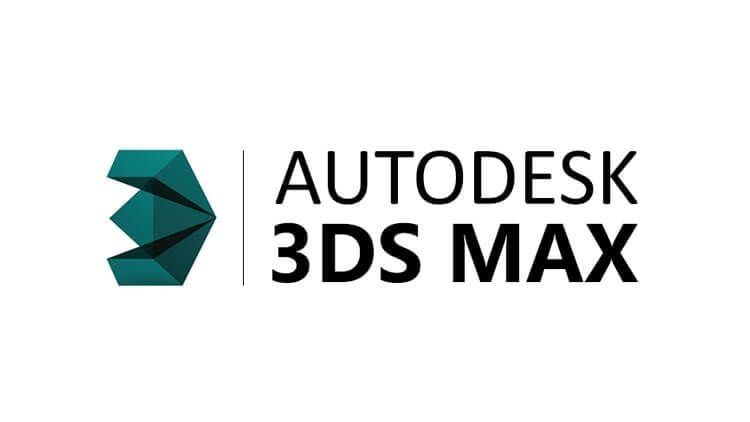
If you’ve ever worked in architecture, you know 3ds Max. It’s been the standard for years, and for good reason. The modeling tools are efficient, the workflow feels familiar, and it works seamlessly with most major rendering engines. People love it for product shots, interiors, and massive architectural projects. Studios stick with 3ds Max because it’s stable, it plays well with a ton of libraries, and it can handle heavy-duty scenes without falling apart.
Maya
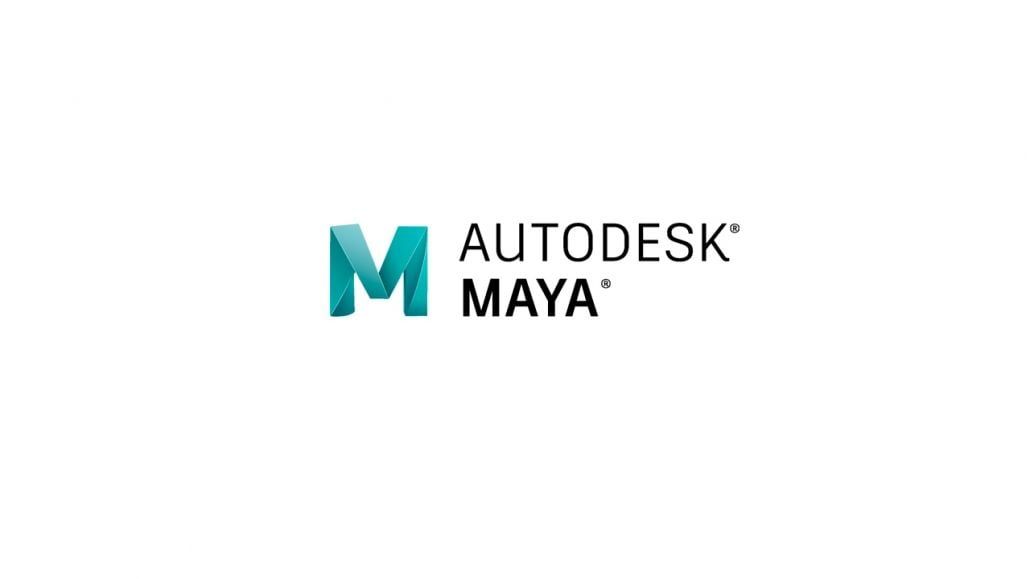
While 3ds Max rules in architecture, Maya is the king when it comes to animation and film CGI software. Animators swear by its rigging tools and dynamic simulations. You can pull off complex character animations, effects, and just about anything you see in blockbuster VFX. It’s the backbone of many big studio pipelines, especially when you need precision and a team working in sync.
Blender
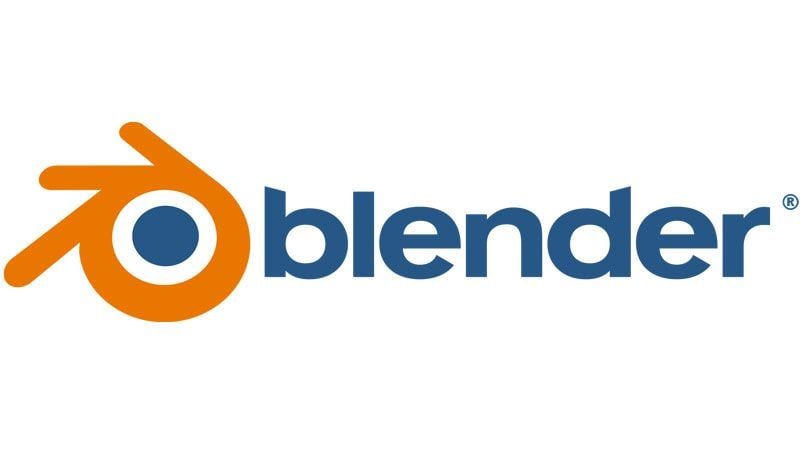
Blender’s kind of the wildcard here, but in the best way. It’s totally free, open-source, and somehow just keeps getting better. You get everything: modeling, sculpting, and powerful render engines like Cycles and Eevee. The community’s a giant part of why Blender’s become a real contender, not just for indie artists, but for big studios who want to save money without giving up quality.
Cinema 4D
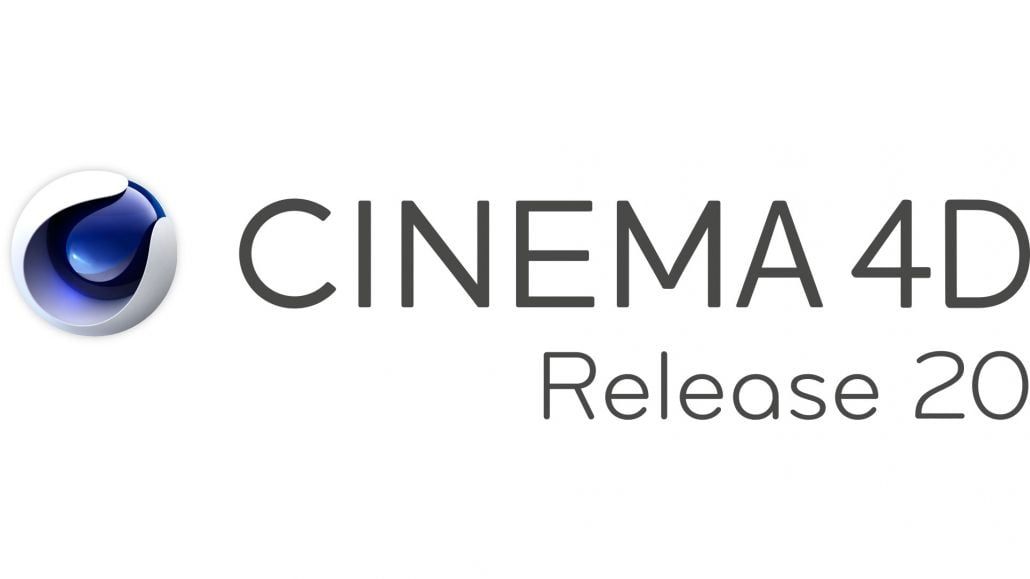
If motion graphics are your thing, there’s a good chance you’ve run into Cinema 4D. The interface is clean, and you can actually dive in without feeling lost. That’s why you’ll see it everywhere in broadcast, advertising, and branding. Designers love how easy it is to whip up slick and animated graphics in this CGI software. It plays really well with other design tools, too.
Lumion

If you’re an architect and you need results fast, Lumion is a game-changer. You won’t do your modeling here, but once you drop in your 3D model, Lumion brings it to life. Real-time lighting, moving trees, weather—it’s all in there. When you need to wow a client right away, Lumion’s crazy speed and dead-simple workflow make it difficult to beat.
Houdini
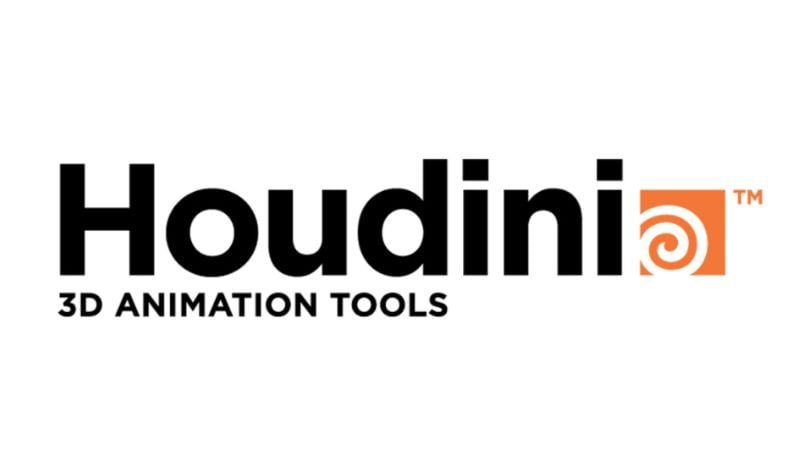
Houdini is all about control. If you need to create rain, fire, explosions, or complex particle effects, this is your CGI software. The learning curve is steep, but the node-based setup gives you insane flexibility. High-end VFX teams love Houdini, and it’s popping up more in product and architectural animation too.
Maxwell
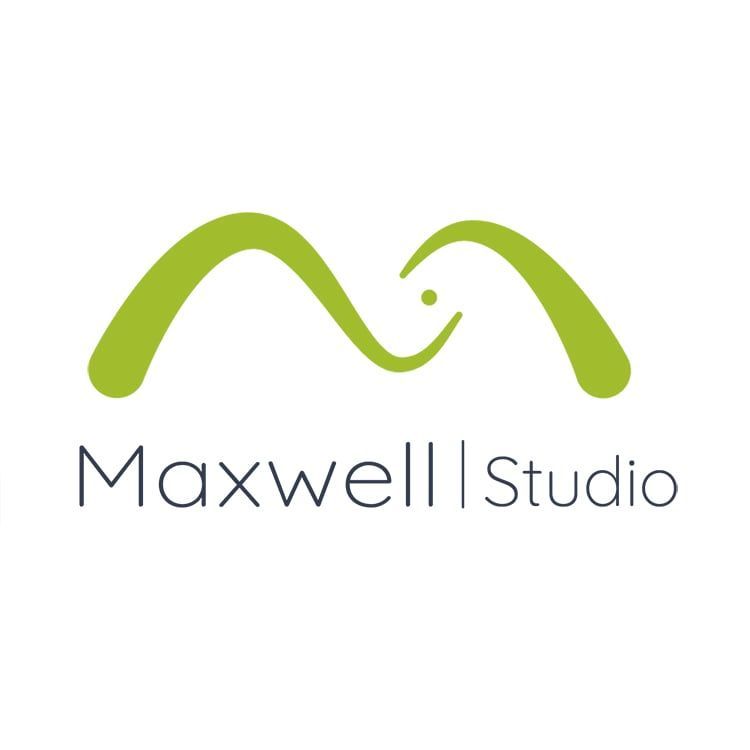
Maxwell is for people obsessed with realism. Its rendering engine is physically accurate and unbiased, so what you see is basically what you’d get in the real world. It’s a bit slower than some alternatives, but if you need flawless product shots, Maxwell delivers stunning results every time.
Top Plugins for CGI
V-Ray
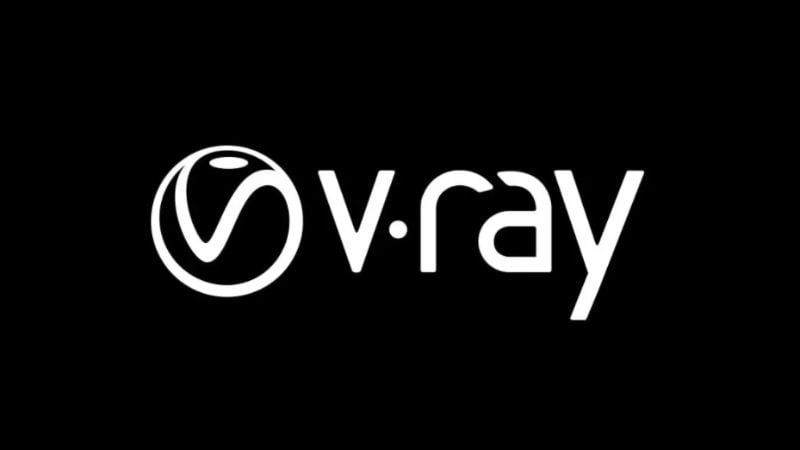
If there’s one render engine everyone knows, it’s V-Ray. It’s everywhere: architecture, cars, ads, products—you name it. Artists stick with V-Ray for its robust materials, realistic lighting, and the fact that it works with just about every major 3D package.
Corona Renderer
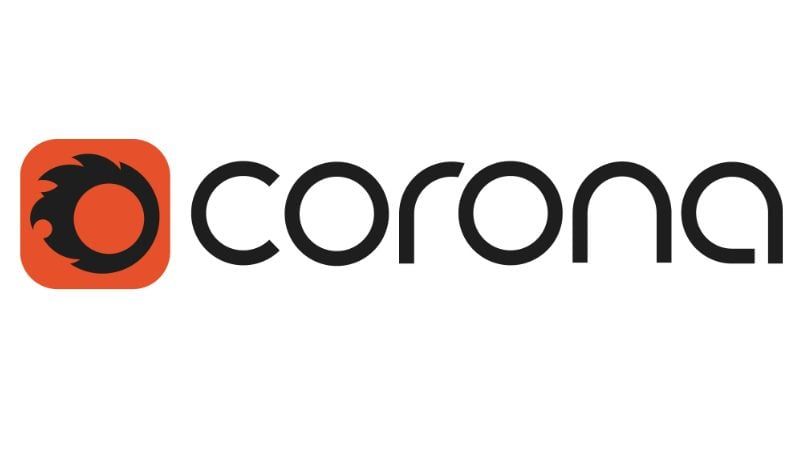
Corona keeps things simple but powerful. The interface is easy to understand, and you get quick, interactive rendering. It’s a favorite for interiors and product visuals, especially if you would rather not get bogged down with endless settings.
Brighter3D

Sometimes you just want a quick, lightweight plugin that gets the job done. That’s Brighter3D. It’s perfect for SketchUp users who need clean renders without a lot of fuss or heavy system requirements.
Arnold Renderer
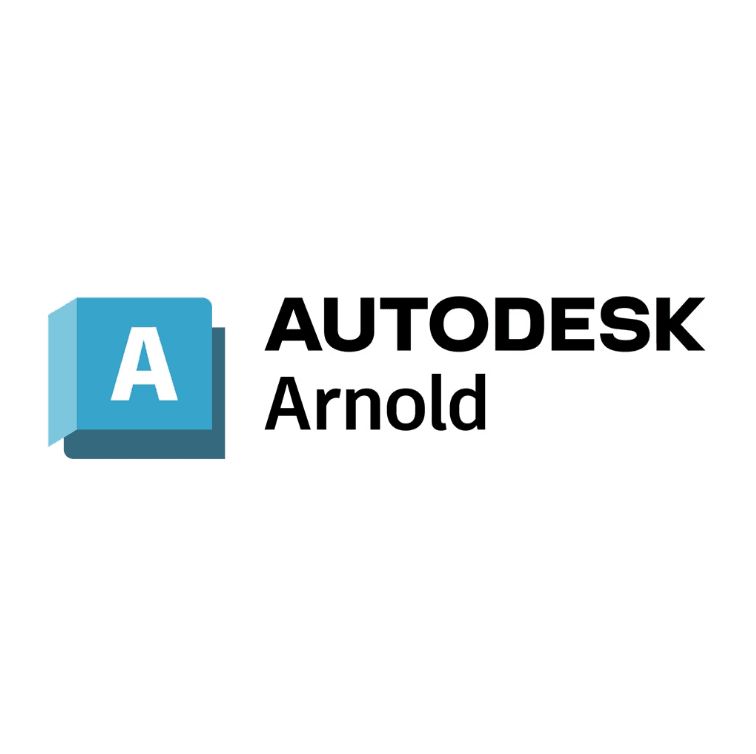
Arnold is built for heavy-duty animation and VFX. If your project has complex lighting, tons of geometry, or tricky characters, Arnold handles it with ease. Big studios trust it when they need cinematic results — and tight deadlines don’t hurt.
Final Render
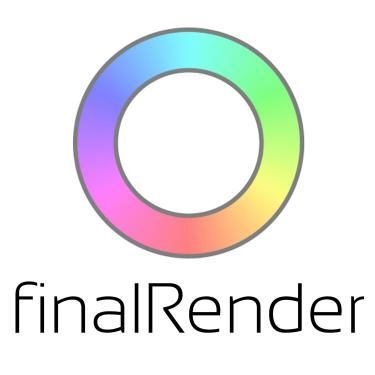
Need speed and realism? Final Render provides both by allowing you to choose between biased and unbiased rendering options. That flexibility is a big deal for artists working on advanced projects who need to switch gears.
Choosing the Right CGI Software
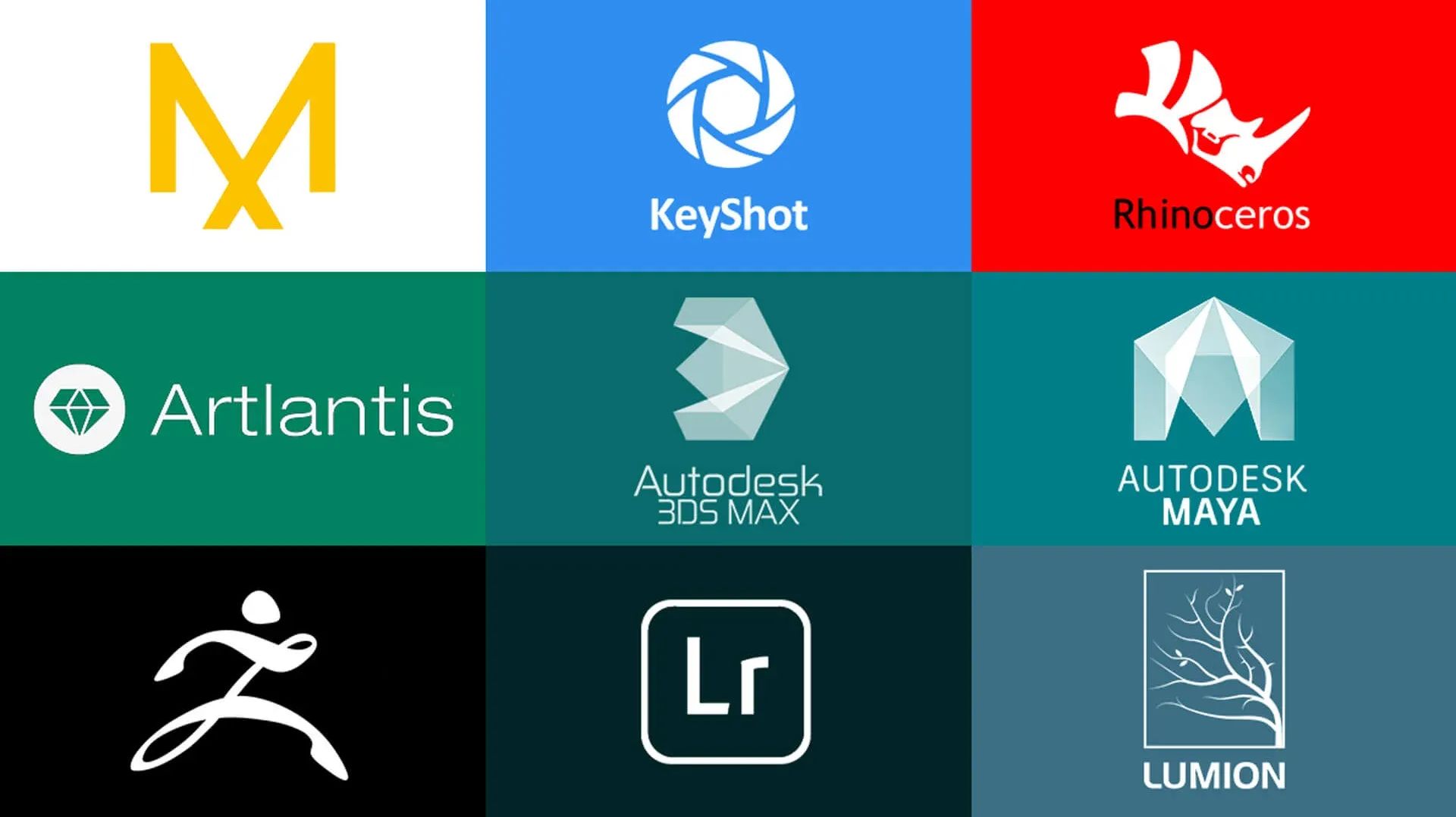
Picking the right CGI software isn’t just a technical choice — it’s a big move that shapes everything from your final images to how fast your team works and how creative you can get. There’s no single best option out there. What you need really depends on your project, how complex your visuals are, and how your team likes to work.
1. Know Your Project and What You Need to Deliver
Every CGI software has its strengths. Before you begin comparing features or prices, it is important to clearly define what you want your visuals to achieve.
Architectural Visualization and Interior Design
If you’re working on buildings, interiors, landscapes, or anything in real estate, start with something like Autodesk 3ds Max, Blender, Cinema 4D, or Revit with rendering plugins. They chew through heavy geometry, have huge material libraries, and connect easily with top render engines. And if you need to impress clients fast, real-time tools like Lumion, Twinmotion, or Unreal Engine can turn around presentations or design tweaks in no time.
Product Visualization
For furniture, electronics, or anything that needs to look perfect up close, choose software that’s excellent at precision modeling and nailing the look of different materials._ 3ds Max, Blender, and Maya_ work well, especially paired with render engines like V-Ray, Corona, or Maxwell for that ultra-realistic lighting. If your product needs animation or interactive demos, Cinema 4D and Houdini bring powerful motion tools to the table.
Animation and VFX
If you’re working in film or need lots of animation and effects, Maya and Houdini are the heavy hitters. Their rigging, simulation, and procedural tools handle complex scenes and wild effects with ease. They also link up smoothly with renderers like Arnold and Redshift, which can take on layered scenes and character animation without breaking a sweat. Once you know your main use case, the right software choice gets a lot clearer.
2. Line Up Features with How You Work
When you know what you’re making, look at how each CGI software fits your workflow.
Ease of Use or Full Control?
- Cinema 4D is perfect if you want something user-friendly that gets you results fast.
- Houdini is for power users who love digging into complex setups, procedural tricks, and custom controls.
Modeling Tools
If modeling is your main thing, see how each platform stacks up:
- 3ds Max has a killer modifier stack and strong poly modeling.
- Blender gives you classic modeling and advanced sculpting for free.
- Maya shines when you need organic shapes or character modeling.
Rendering
Rendering makes or breaks your final look. Pick the best CGI software that works well with the right engines:
- V-Ray and Corona give you that photoreal edge for architecture.
- Arnold is built for cinematic VFX.
- Blender’s Cycles and Eevee are flexible and work right out of the box.
- Maxwell is tough to beat for realistic product shots.
The tighter the integration, the smoother your pipeline runs.
3. Think About Hardware
Not all CGI programs treat your hardware the same.
- Real-time tools like Lumion need a beefy GPU.
- Houdini’s simulations gobble up CPU cores and RAM.
- Rendering engines go either way. Some lean on the GPU (like V-Ray GPU or Redshift); others want more CPU muscle.
Please ensure that the software you select is compatible with your equipment to avoid delays in rendering or potential crashes.
4. Weigh Costs and Licenses
Pricing can make or break your decision, especially for teams.
- Blender is totally free and open-source, so you get pro tools without paying a dime.
- Autodesk products are industry standards, but you’re looking at subscriptions, which add up for bigger teams.
Don’t forget plugins and render engines, as they can be essential for high-end results but add to the bill. Balance what you can spend with what you really need.
5. Check Out the Community and Support
A strong community makes learning and problem-solving easier.
- 3ds Max and Maya come with years of tutorials, scripts, and plugins.
- Blender’s open-source community is super active, always cranking out new features and add-ons.
- Cinema 4D is backed by motion designers who share presets, training, and assets.
Good support and resources mean you spend less time stuck and more time creating.
6. Plan for the Future
CGI tools change fast. Pick something that’s keeping up with where the industry’s headed:
- Real-time rendering
- AI-driven modeling and textures
- Procedural and node-based workflows
- Cloud collaboration
- Easy integration with other software
Make sure what you choose isn’t just right for now but will still be a smart pick as your projects (and the industry) level up.

Get the Commercial CGI & Product Rendering Guide for Marketing Directors
Everything you need to scale product content with CGI.
Get expert insights, real project examples, and strategies with proven ROI.
Fill out the form to receive the guide directly in your inbox.